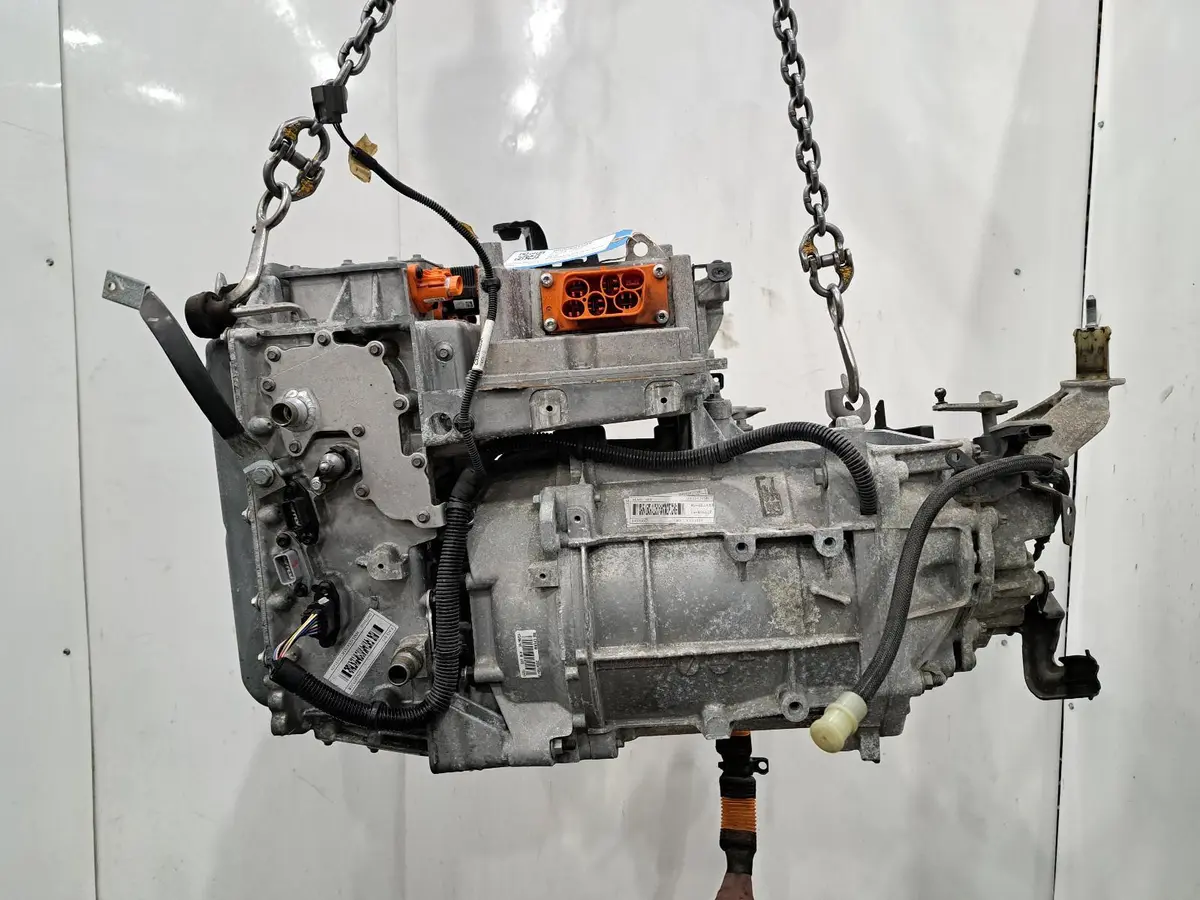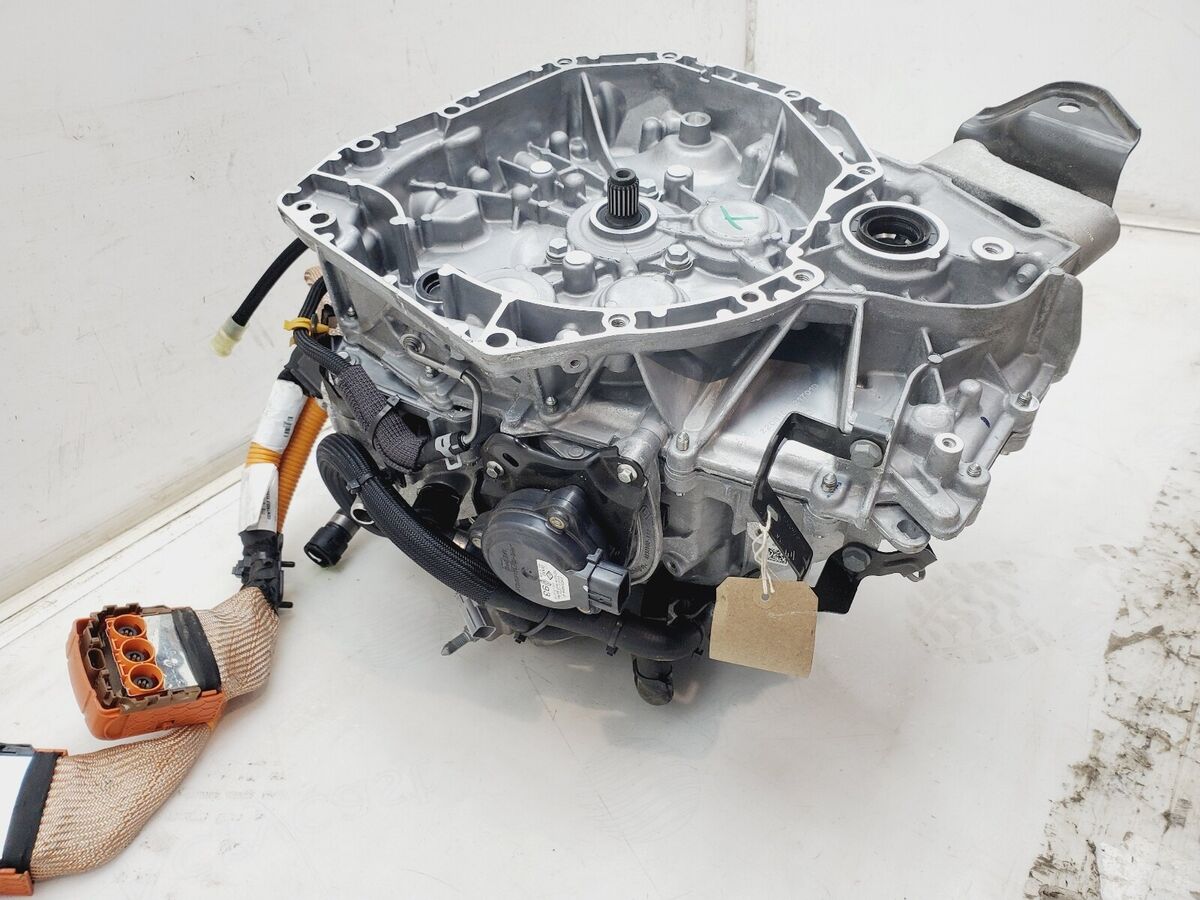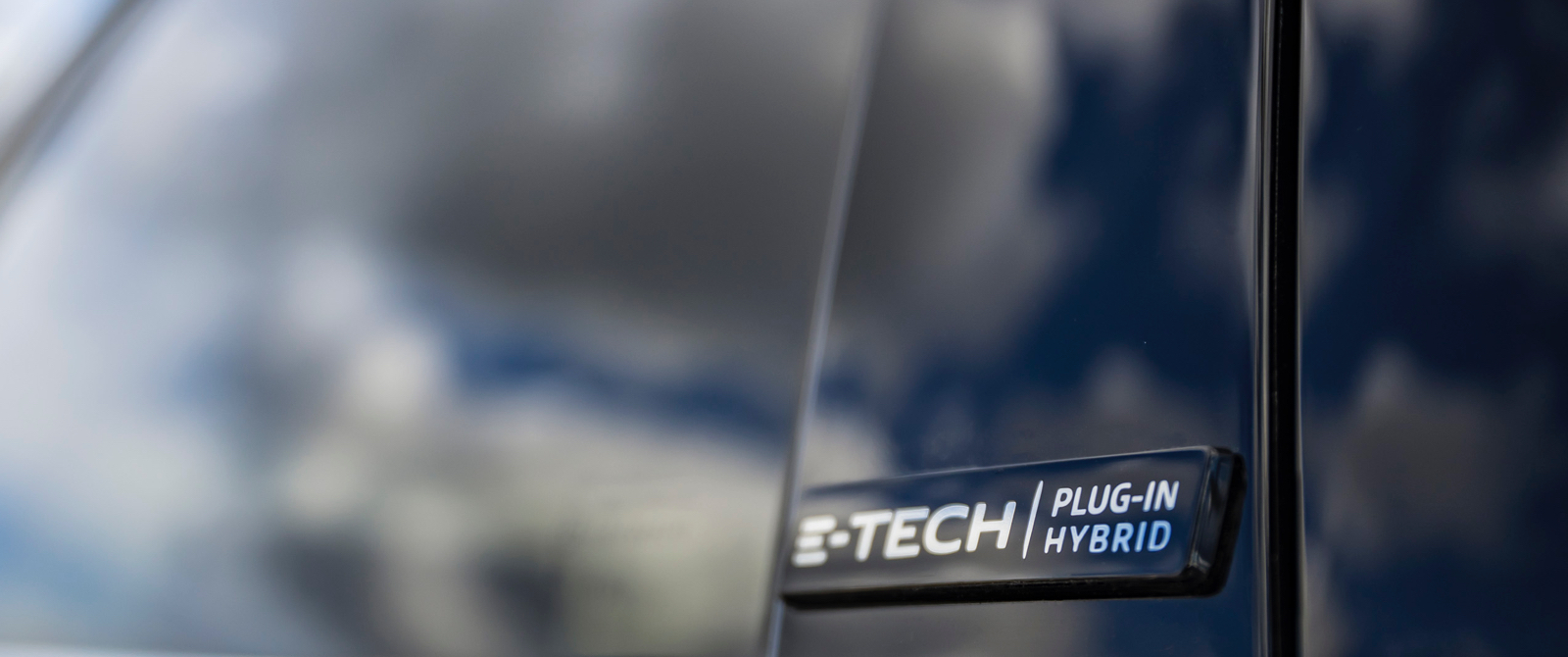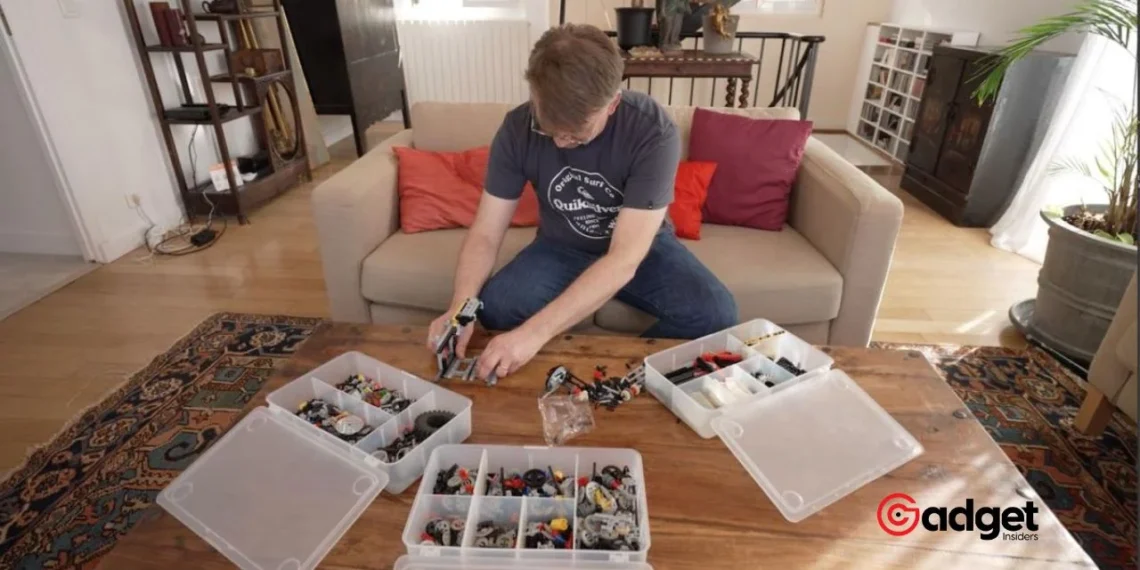In the world of automotive engineering, inspiration can strike from the most unexpected sources. This was precisely the case for Renault’s hybrid expert, Nicolas Fremau, who, back in 2010, turned a playful holiday project using Lego Technic parts into a groundbreaking automotive innovation. What began as a simple pastime during his holiday break ultimately laid the foundation for Renault’s advanced E-Tech hybrid system—a key player in today’s competitive hybrid market.
The story began in Fremau’s living room, where he assembled what would later be known as the LocoDisco Box. This wasn’t just any child’s toy; it was a prototype that eschewed traditional automatic transmission mechanisms in favour of more efficient dog clutches, known for their quick engagement and minimal friction. The colourful assembly of blue fasteners, yellow cross braces, and a mix of red, grey, and black cogs represented more than just an amusing project; it was the first step towards a major technological leap.

Renault’s Innovative Transmission: Enhancing Hybrid Efficiency
By 2012, just 18 months after the Lego prototype was completed, Renault was testing a full-scale version of the LocoDisco Box. The mechanism’s potential for efficiency gains was evident from the start, thanks to its innovative design that allowed quick shifts through various gear combinations. This novel transmission made its public debut in the hybrid Clio E-Tech at the 2019 Geneva Auto Show, marking a significant milestone in Renault’s pursuit of enhanced hybrid technology.
The transmission’s unique design, which includes 15 different operating combinations and can seamlessly switch between four gears for the engine and two for the drive motor, represents a departure from the more common continuously variable transmissions (CVT). This allows for a driving experience that is not only smoother but also more adaptable to varying driving conditions.

Driving the Future: Renault Austral E-Tech on the Road
The real test of any automotive innovation is its performance on the road. Renault’s Austral E-Tech, equipped with the E-Tech hybrid system, demonstrates the practical application of Fremau’s Lego-inspired transmission. With a modest 1.7-kWh battery pack and a 67-hp electric drive motor, the Austral E-Tech provides an electrifying start off the line, relying initially on electric power before seamlessly transitioning to its 129-hp inline-three engine when needed.
Despite not being the fastest in its class, the Austral E-Tech impresses with its smooth operation and economical pricing, which stands at approximately $6,000 less than its main competitor, the Honda ZR-V hybrid. It also boasts superior fuel economy, making it an attractive option for those looking to reduce their carbon footprint without sacrificing performance.
Proving that creating a smooth clutchless transmission for #HEV and #PHEV vehicles is mere child's play.#Renault Engineers Used #LEGO To Develop #ETech #Hybrid Powertrain https://t.co/p3Gac8tTwW pic.twitter.com/08bqQopCWz
— Lori H. Schwartz (@techcatgirl) April 21, 2021
A Lesson in Innovation and Adaptability
Nicolas Fremau’s holiday project has not only transformed the way Renault approaches hybrid vehicle design but also underscores the limitless potential of creative problem-solving in technology development. From a collection of Lego bricks to a sophisticated hybrid transmission, the journey of the LocoDisco Box highlights an essential truth in engineering: sometimes, the most playful ideas can lead to serious innovations.

Renault’s commitment to embracing unconventional ideas and turning them into viable, market-ready solutions is a powerful reminder of the importance of innovation in the automotive industry. As hybrid technologies continue to evolve, the story of the LocoDisco Box serves as an inspiring example of how thinking outside the conventional gearbox can lead to remarkable advancements in vehicle efficiency and performance.


